Advertisement
Field Guide to Boston
Want to help local pollinators? Here are 15 tips

These tips were reported as part of our sustainable eating newsletter, Cooked. We've just added new emails and info, so be sure to sign up to learn more about how you can help the planet from your kitchen table.
There’s been a worrisome drop in the number and type of bugs worldwide, due to habitat loss, climate change and pesticide use.
- In many places, total insect numbers are dropping 1-2% each year; in other places losses are up to 10% per year.
- This so-called “Insect Apocalypse” has real implications for our food supply, because about 35% of food crops depend on pollinators — which include bees, beetles, butterflies, wasps and moths.
- New England has more than 350 different types of bees.
- Up to 45% of native bees have evolved to collect pollen only from certain plants. If the bee goes away, the plants won’t bear fruit.
“Our native bees have co-evolved with the flowers and plants that are here, and have come to some fairly specific relationships,” said Uli Lorimer, director of horticulture at the Native Plant Trust. Blueberries and cranberries, for instance, are “buzz-pollinated” — in order to get the pollen out of the flower, a bee has to land on it, vibrate its wings at the right frequency and shake the pollen out.
Many common garden vegetables, including tomatoes, peppers, eggplants and potatoes use the same pollination mechanism, Lorimer said. Some, like tomatoes, can self-pollinate, but you’ll get more fruit with buzzy bees shaking their wings. More pollinator diversity in your yard means more veggies in your garden.
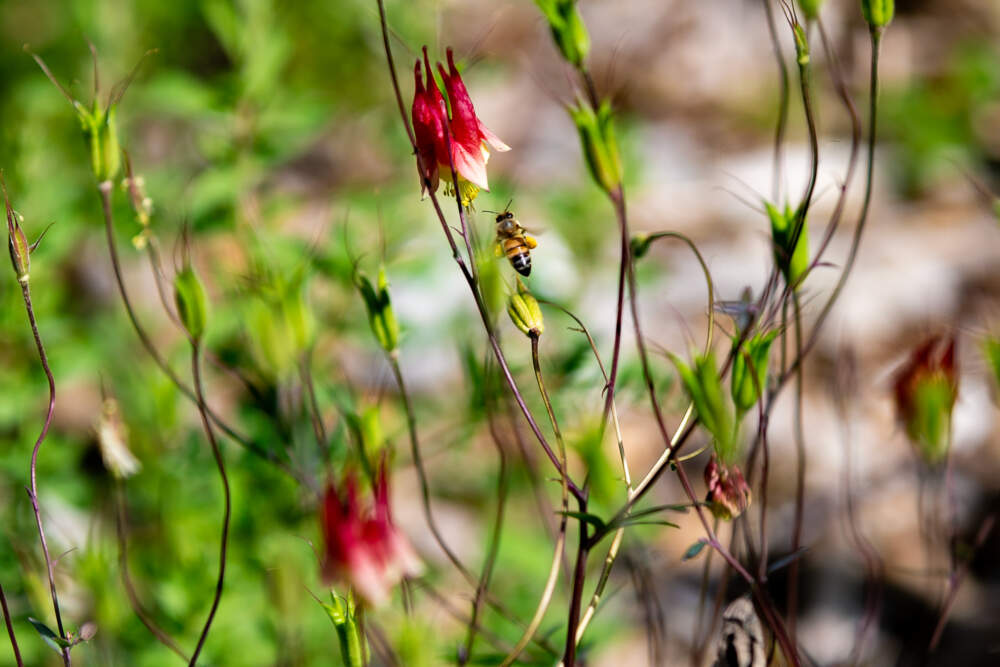
So, how can you help pollinators?
You can start by planting a pollinator garden — a collection of plants and flowers designed to attract pollinator insects. Many native bees have a half-mile range, and some pollinators can fly much farther. So, even a few container plants on an apartment deck can help them hopscotch around town.
So let’s get down to bees-ness! Here are my top 15 tips for helping pollinators.
Start small.
Buy a couple plants and see how they work. “Don't think that you have to change your entire yard into a pollinator garden,” said Martha Gach, regional education director for MassAudubon. She works at Mass Audubon’s Broad Meadow Brook Sanctuary in Worcester, the largest urban wildlife sanctuary in New England.
Here are her starter suggestions, which also work well in a container garden:
Flowers for sun:
- Columbine, red flowers, blooms April-June.
- Spotted beebalm, light purple flowers, blooms July-September.
- Black-eyed susan, yellow flowers, blooms June-October.
Advertisement
Flowers for shade:
- Columbine also works in the shade! And pollinators love it!
- Black cohosh, white flowers (really tall), blooms June-July.
- Blue-stemmed (wreath) goldenrod, yellow flowers, blooms August-September.
For other ideas, you can start by looking at state resources for pollinator gardens, downloading the Native Plant Trust's free manual for pollinator gardening, and browsing lists of pollinator-friendly plants for your region.
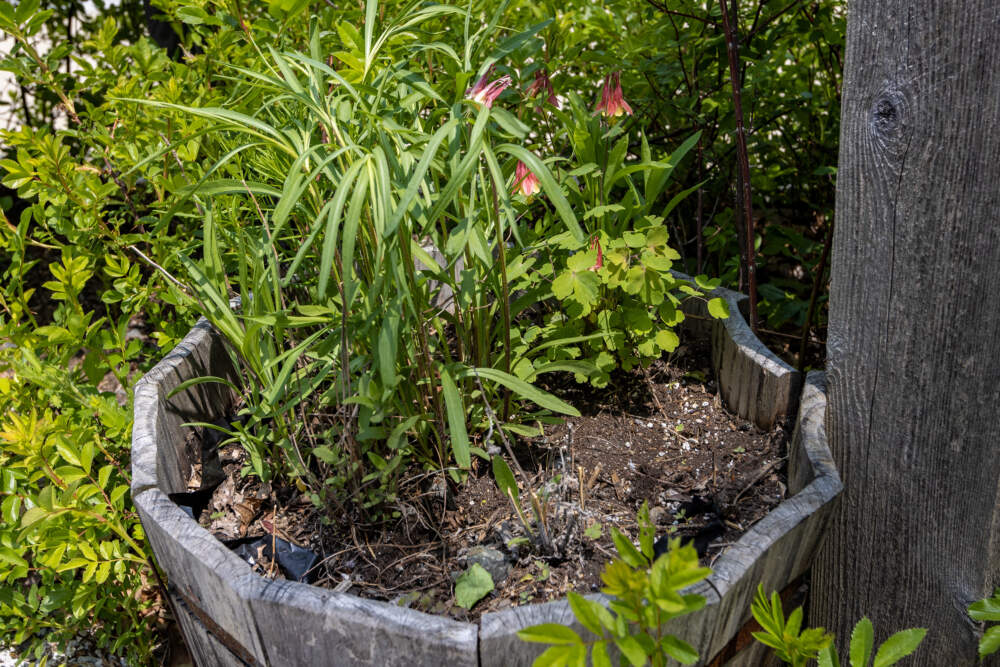
2. If you want one pollinator powerhouse, goldenrod is the bee's knees.
“If you're strapped for space and you really want a pollinator plant, you can't go wrong with throwing in a few goldenrod,” said Brendan Keegan, a horticulturist at Harvard’s Arnold Arboretum. “It's magnificent for pollinators.”
By the way, goldenrod does not cause seasonal allergies! If you’re sneezing, it’s probably ragweed.
3. Stagger the blooms throughout the growing season.
One principle of a pollinator garden is to have something blooming all season long. For example, dogwood trees and golden Alexander bloom in the spring, white snakeroot in the summer, New England asters and goldenrod in the fall.
To find pollinator-friendly plants for the Northeast, check out this handy list from Xeres and Uli Lorimer’s book “The Northeast Native Plant Primer.”
4. No sun? No problem! You can grow a pollinator garden in full shade. But it’ll take some extra TLC.
Look at the Arnold Arboretum. When it decided to build a pollinator meadow under its solar farm, horticulturist Brendan Keegan knew it would be tricky.
“These panels essentially block out all the sun,” says Keegan, “so we had to be much more selective with which species we were going to introduce under here.”
Keegan recommends white snakeroot and blue-stemmed (wreath) goldenrod, as well as grassy Appalachian sedge and Pennsylvania sedge, which provide food and habitat for butterfly caterpillars.
He also said plants in shade take longer to establish, so be patient.
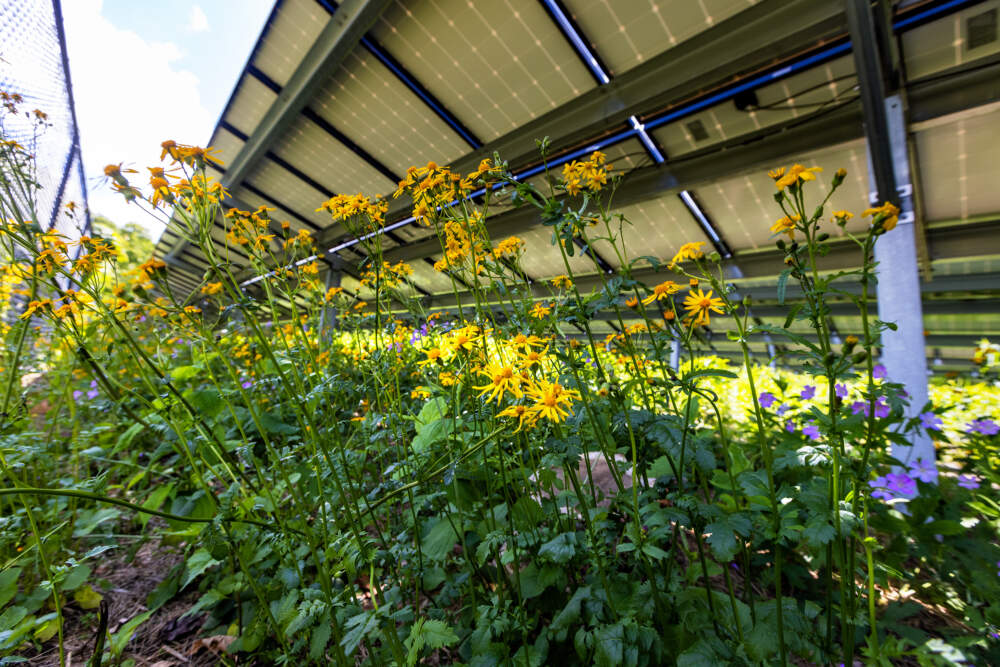
5. Learn your plants.
Download a plant identification app like Pl@ntNet or iNaturalist (both free). Get to know the plants in your neighborhood, and notice which ones attract the most bees.
6. Choose native plants, at least most of the time.
Gach said a garden can best help local pollinators if it has about 70-80% native plants. “So, if there's something that you really like that’s not native, it's okay to stick it in,” she said.
Here are a couple nurseries recommended by experts: Polly Hill Arboretum in Martha’s Vineyard; Native Plant Trust in Framingham; Lady Fern Farm in Southborough; Bigelow Nursery in Northborough; and North Creek Nurseries, which sells plants by mail order.
The state also has a list of garden centers in Massachusetts that sell native plants.
7. Remember: trees feed pollinators, too!
Gach said one of the best things you can do to help pollinators is plant an oak tree. No room for an oak? She said there are plenty of other native, pollinator-friendly options, like cherry or dogwood trees.
8. Pesticides kill insects, so don’t use them on your lawn or garden.
Killing pollinators would kinda defeat the purpose of your pollinator garden, right? Especially avoid neonicotinoids, which can remain active in soil for years. If you’re concerned about ticks, mosquitos or other pests, here are some non-toxic tips for getting rid of them.
Herbicides can also be toxic to pollinators. How about — gasp — weeding by hand?
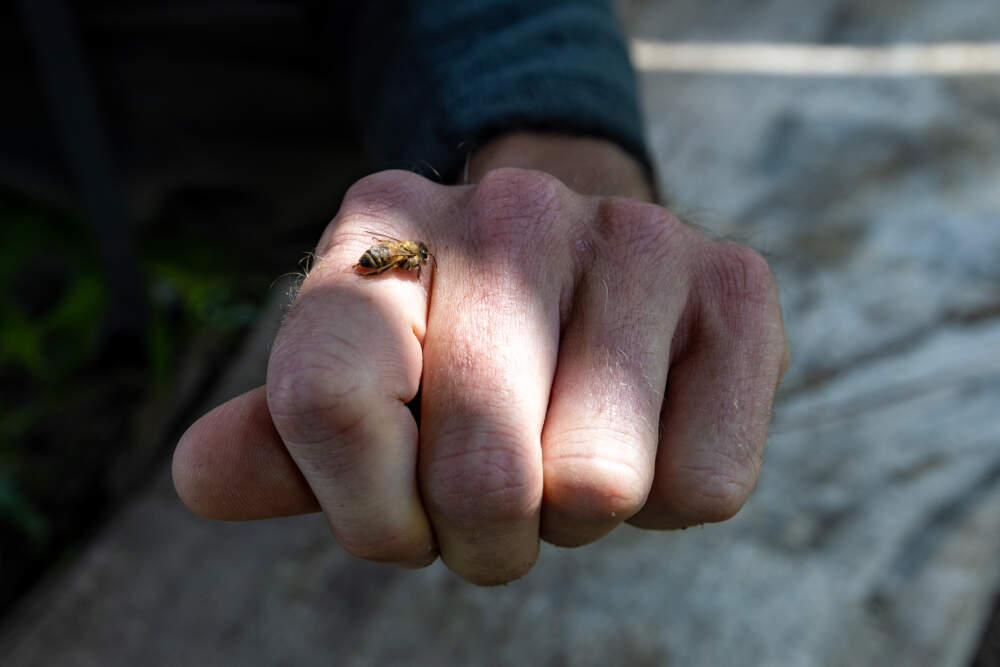
9. Avoiding pesticides can be tricky. Read the label or ask.
It’s common for plant seeds to be “treated” by soaking them in neonicotinoids, Uli Lorimer, from the Native Plant Trust, said. The pesticides remain in the plant for years as it grows.
To avoid this, buy organically grown plants from reputable nurseries, and avoid buying plants advertised as “pest free.” If a plant isn’t labeled, then ask.
“I think the more people ask about the use of pesticides, the more that garden centers will cue into that,” Lorimer said.
10. That “meadow in a can” is a waste of money. And so are those super-cute packets of wildflower seeds. Sorry!
Lorimer said about two-thirds of the seeds in a typical, generic wildflower mix are not native to the Northeast. Many of the seeds won’t even sprout.
“You generally get less than 10% germination of the seed,” says Lorimer. “You're just throwing stuff out there to rot.”
And they’re almost all annuals, so even if they sprout once, they’ll never come back.
You’ll have better luck if you spend more money up front and buy seedlings, plants or plugs, and choose perennial plants that will come back year after year.
11. If you want butterflies, you need to feed caterpillars. That means the leaves on your plants will have some holes in them. It’s OK.
Caterpillars need food, and they love the leaves of common garden vegetable plants, especially members of the carrot family. If the leaves of your plants have some holes, “that means you’re feeding baby pollinators,” Gach said.
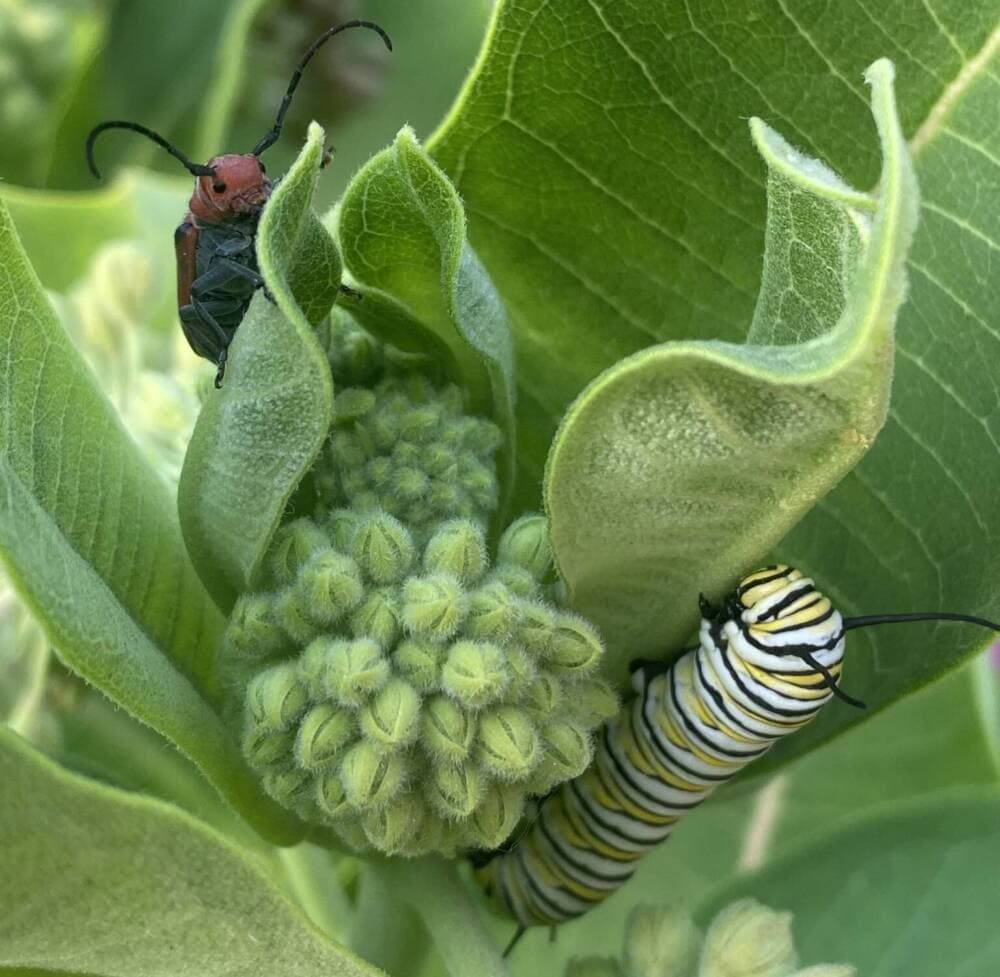
12. To help monarch butterflies, plant some milkweed. But choose wisely.
Common milkweed is hard to control, Gach said. “I wouldn't suggest putting them into a formal garden, because they're too aggressive. You can't ever get rid of them.”
Personally, I’m fine with aggressive milkweed. Bring it! But if that’s not your jam, Gach suggests trying butterfly milkweed or swamp milkweed.
Also, those butterfly puddlers? Buy one if you want, but you don’t need one. Butterflies can get the water and minerals they need from mud puddles.
13. You’re raising honeybees? That’s cool. Not going to save native pollinators, though.
Honeybees pollinate plants and they give us honey. But they aren’t native to New England, and they can out-compete native insects.
“Cultivating honeybees is not a way to save pollinators,” said Lorimer. “Saying that honeybees can save pollinators is like saying we should all grow more chickens to save birds.”
If you want to raise honeybees, plant some extra flowers for the locals.
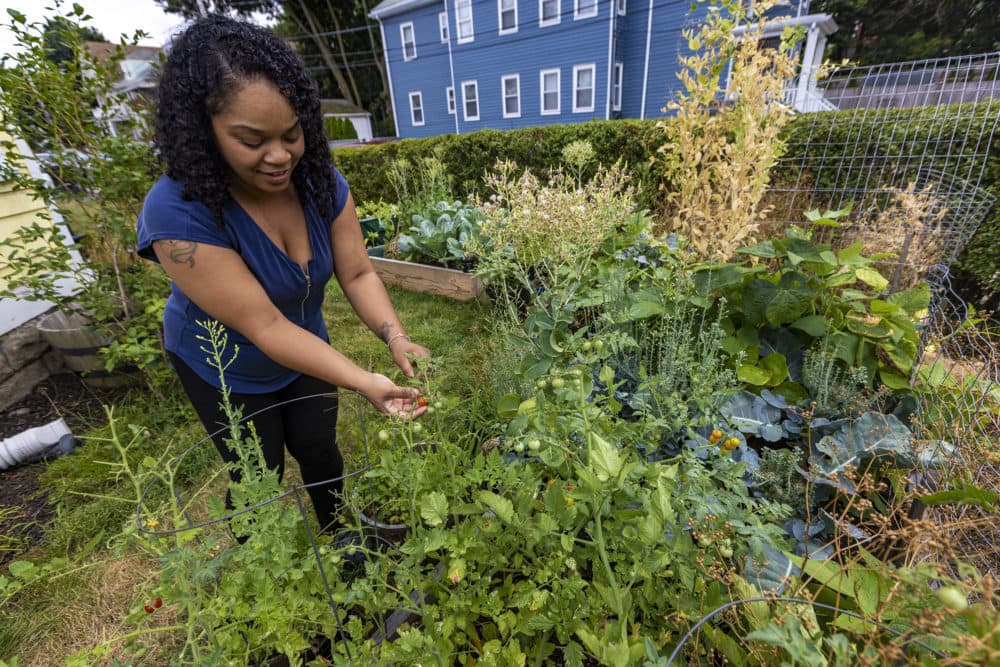
14. Leave your leaves and rethink your lawn.
Insects live in leaf litter over the winter, so leave some leaves for them. And in the spring, don’t clean up the leaves until you’ve had five or six days above 60 degrees, says Gach. That gives the insects time to wake up and move out.
“If you take away your leaves, you're taking away the next generation of insects.”
And after you ditch that leaf blower, consider chucking the lawn mower, too. Rethinking your lawn can make a big difference for pollinators. Here are some easy ways to make your lawn eco-friendly, like setting your mower blade higher and mowing less often.
Need some inspiration to change up your yard? Check out Doug Tallamy’s “Bringing Nature Home.”
15. Get your neighbors or town involved
Some insects fly miles to gather pollen, so helping them goes beyond your garden. Towns from Somerville to Sherborn are joining pollinator pathways or developing pollinator action plans. See how you can participate, or encourage your town to do the same.
